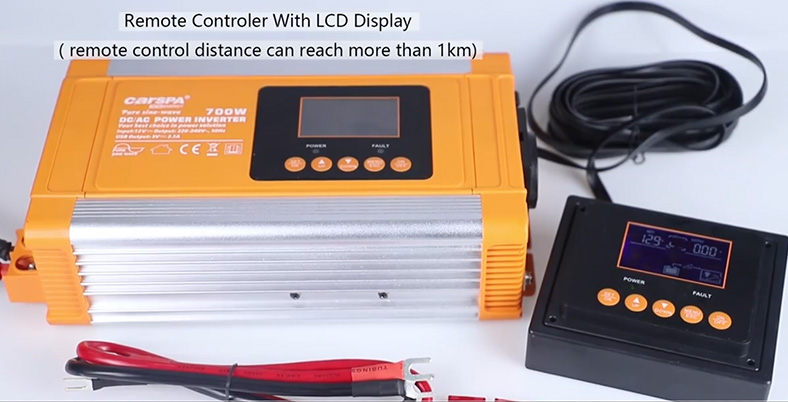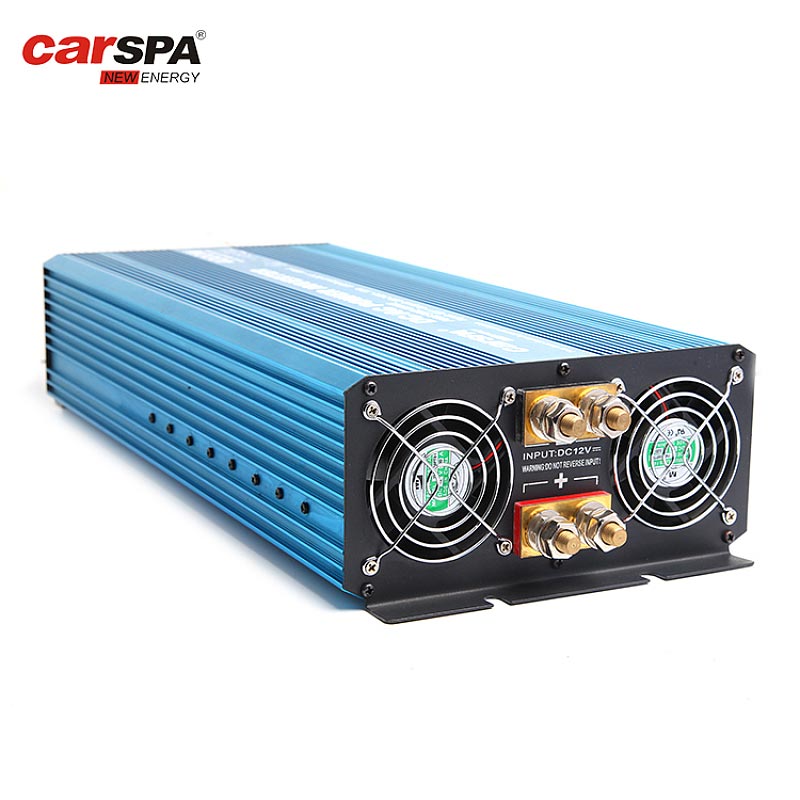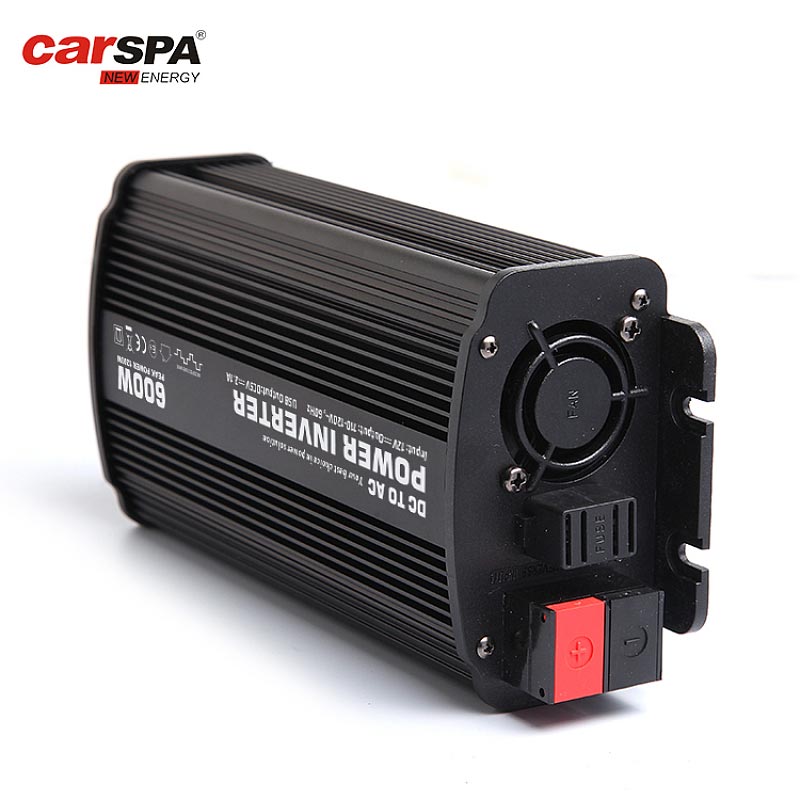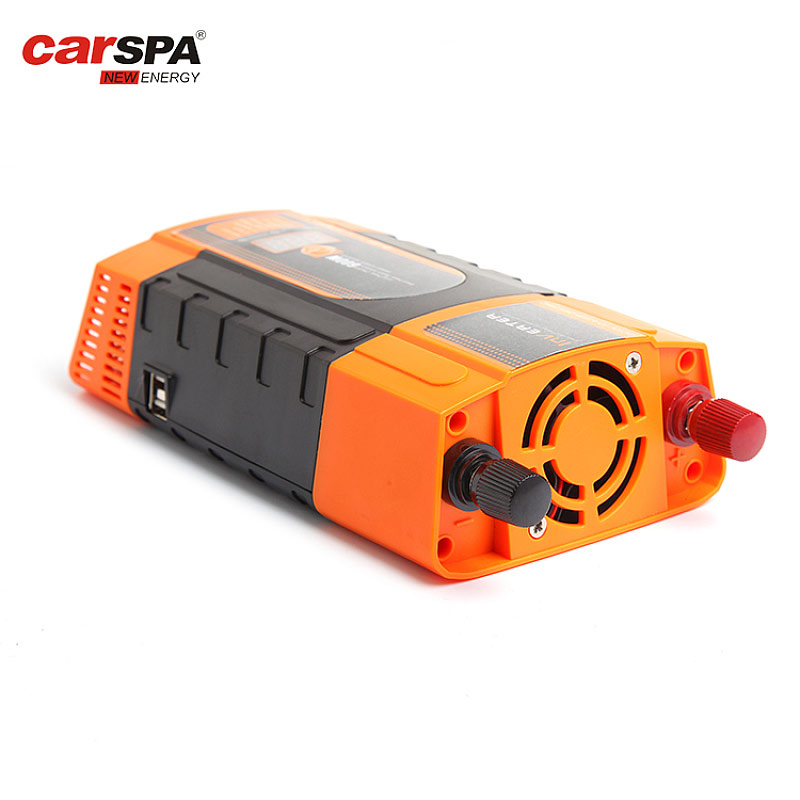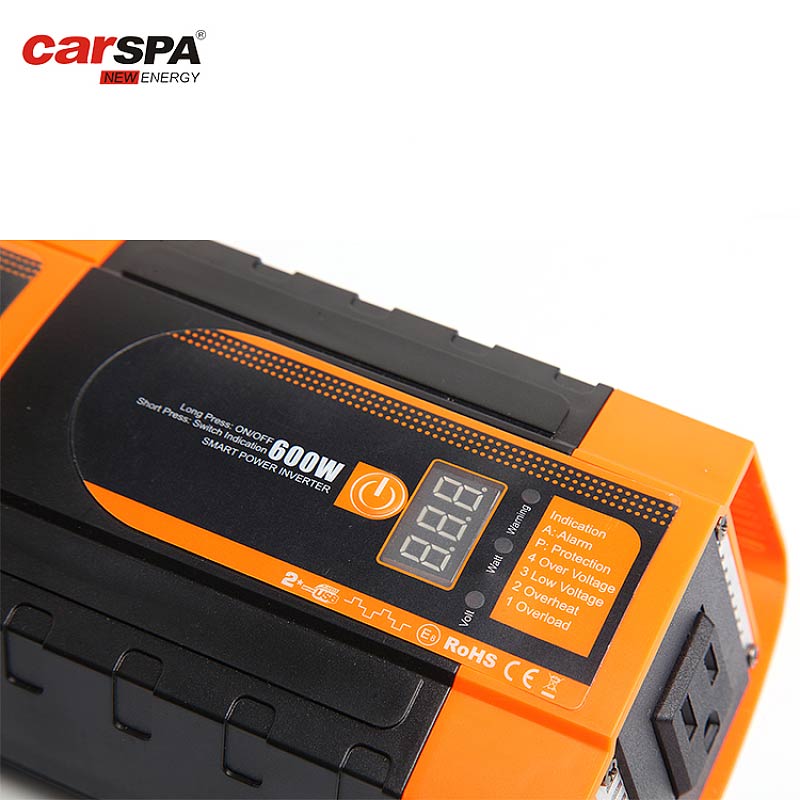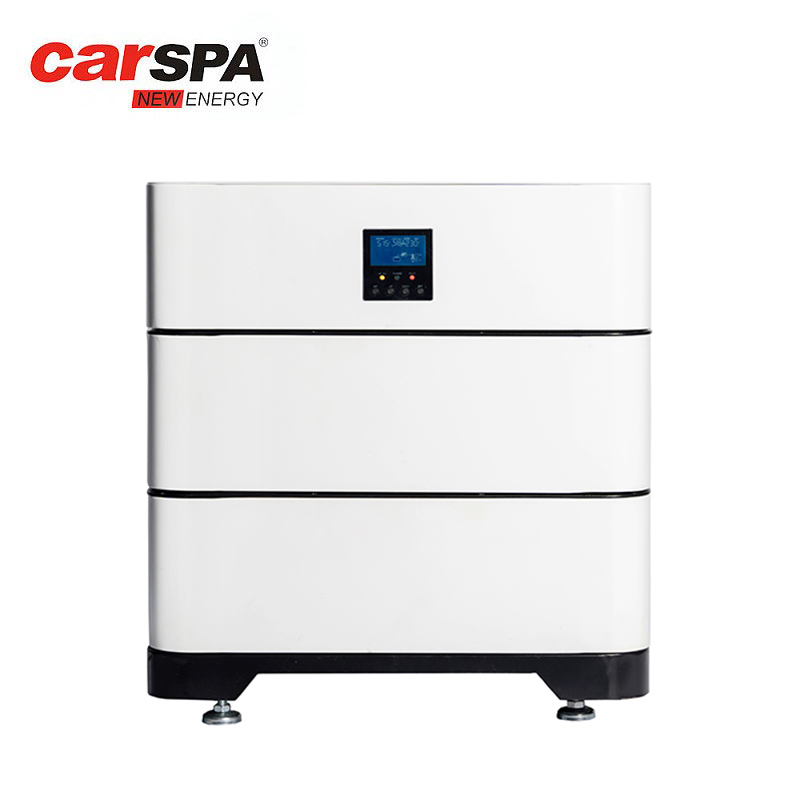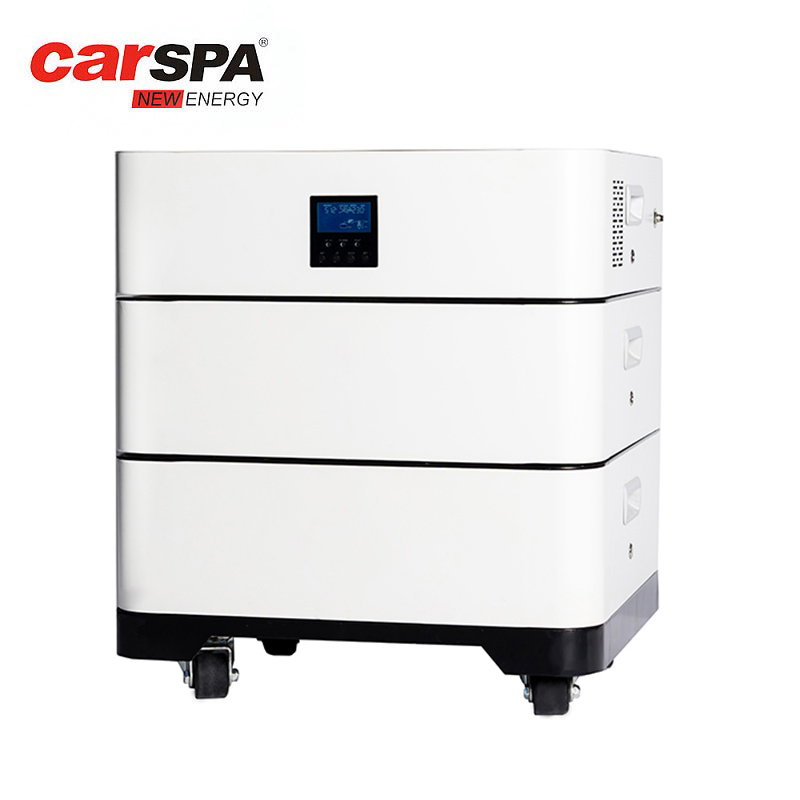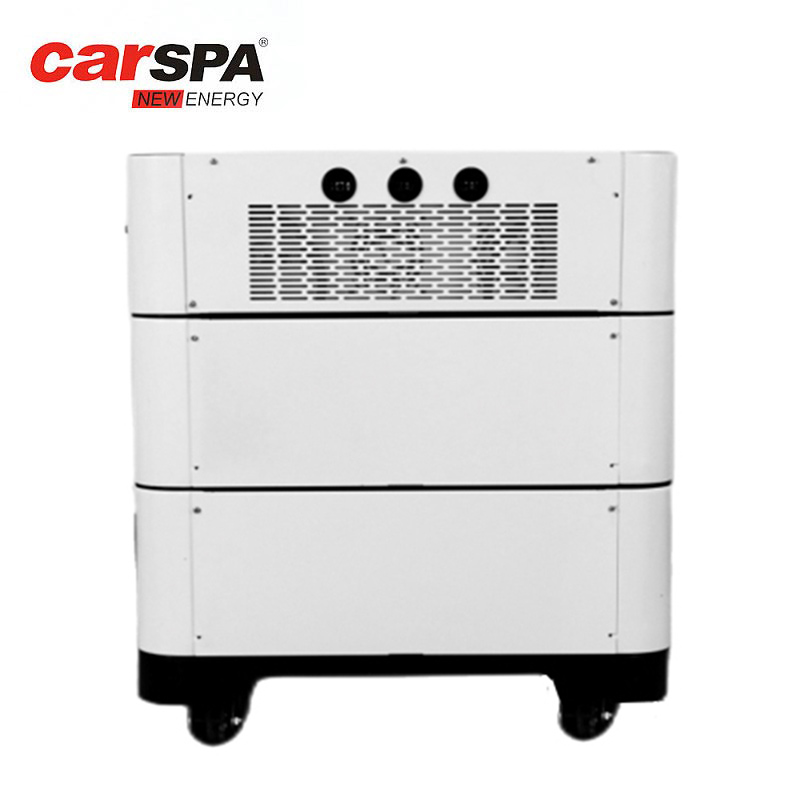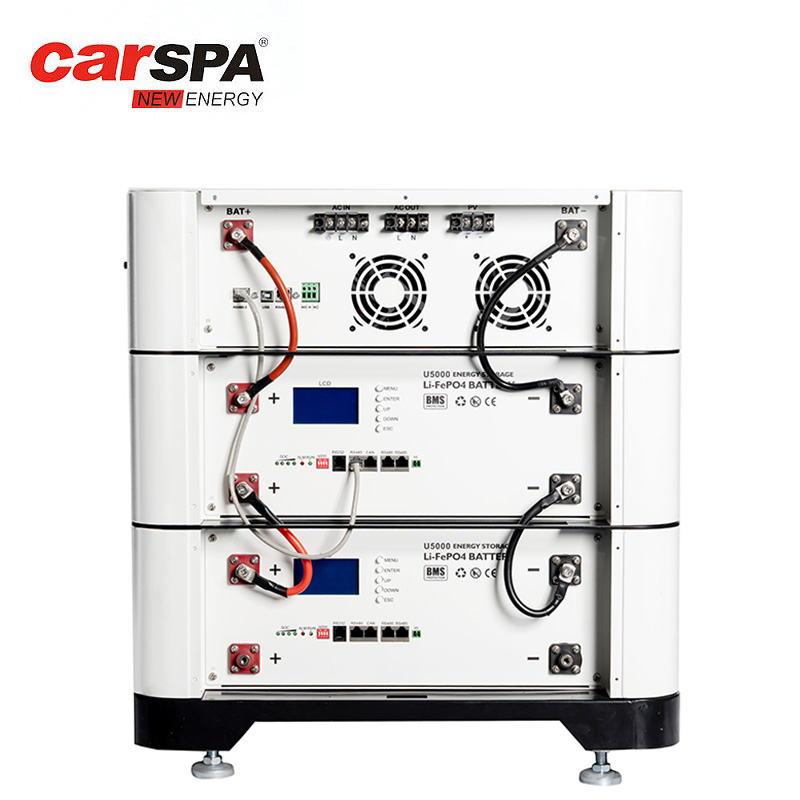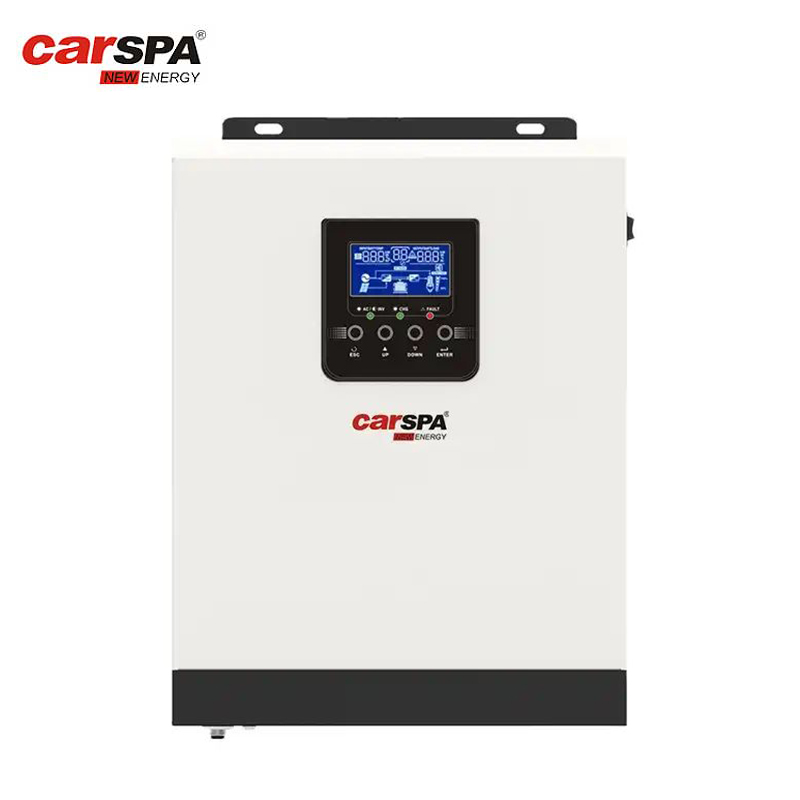Transforming a Basement into a Self-Sufficient Safe House
I am an insecure person, especially today when the international situation is becoming increasingly unpredictable. I have been thinking about how to make my home more secure and self-sufficient. Finally, a few months ago, I decided to transform my basement into a safe house that I could use in case of an emergency. But it is obviously not economical to spend a lot of money just for a safe house that may not be used. I don’t have a lot of budget. I hope that this project will not only allow me to have a safe haven when disaster strikes, but also It is used as an energy-saving and emission-reducing living space on weekdays.
Step One: Design and Planning
Design and planning are the foundation of the entire remodeling project, and I put a lot of time and effort into making sure every detail was well thought out. I first determined the main goal of the renovation: to build a safe house that can operate independently for a month in an emergency. The core functions include energy self-sufficiency, water self-sufficiency, and sufficient food reserves. Fortunately, my basement already had the function of a video room and bathroom when it was first renovated, so I no longer need to worry about the laying of water pipes and wires. I only need to plan different areas based on the existing ones. .
First, I collected a lot of information about self-sufficient buildings through the Internet and learned about various current technologies and methods for self-sufficient lifestyles. I then held discussions with several friends who had experience in the fields of architecture and sustainable living, and these discussions helped me clarify the feasibility of the project and the necessary technical support.
To systematize the remodeling effort, I created a detailed project plan that included a budget, timeline, and resource list. In terms of budget, I calculated in detail the cost of every material and tool needed for the renovation, including solar panels, batteries, inverters, water treatment equipment, building materials, etc. On the timetable, I planned the start and end time of each stage to ensure that the project can proceed step by step.
In the specific planning, I decided to adopt a modular design idea and divide the safe house into energy modules, water resources modules, food storage modules and living space modules. Each module is designed with an independent system to ensure that if any system fails, other systems can still operate independently. In addition, all systems are designed with manual backup options in case of extreme circumstances where the automated system fails.
Through these in-depth planning and designs, I ensured the comprehensiveness and efficiency of the transformation work, and also laid a solid foundation for subsequent implementation work.
Step Two: Installation of Solar System
Solar energy was chosen as the main energy supply system based on its advantages of renewable, clean and low maintenance costs. I researched different types of solar panels, batteries, and inverters in detail to determine the system that would best suit my home’s roof conditions and energy needs.
When it comes to choosing solar panels, I prefer high-efficiency monocrystalline silicon panels. Although their initial costs are higher, in the long run, higher conversion efficiency means more stable power output. For the battery system I chose lithium-ion batteries because of their longer life and better performance stability.
To calculate the number of solar panels needed, I first assessed my home’s daily electricity consumption, including lighting, appliances, water pumps, and security systems. Based on this data, I used several online energy calculation tools to estimate the minimum solar panel area and energy storage capacity required to remain self-sufficient under minimum sunlight conditions.
During the installation process, I hired a professional solar installation team to carry out the construction. The team first strengthened the roof to ensure it could support the weight of the solar panels. The solar panels are then installed at optimal angles and orientations to maximize sunlight capture efficiency. All cables and wiring are routed to electrical safety standards, and power is brought into the basement via a dedicated conduit.
At the same time, I also installed an intelligent monitoring system that can monitor the power generation efficiency of the solar panels and the state of charge of the battery in real time. Through a mobile app, I can check the operating data of the energy system at any time and make necessary adjustments.
With this setup, the solar system can not only meet the daily power needs of the safe house, but can also provide stable power support when grid service is interrupted. The establishment of this system was an important step towards my self-sufficient lifestyle.
Step Three: Water Resources System
Water management is a vital part of a safe house's self-sufficient system. I plan to achieve self-supply of water resources through rainwater collection.
First, I installed a large water collection tank and a pipe system on the roof to guide rainwater to an underground water storage tank, and installed a filter at the entrance of the water collection tank to prevent foreign matter from entering the pipes. The water storage tank I chose has enough capacity to store at least a month's worth of water for extreme periods of no rainfall. The water storage tank has been specially treated and the inner wall is coated with non-toxic anti-corrosion materials to ensure the safety of water quality. Of course, because the capacity of the water storage tank is very large, rainwater alone is definitely not enough. When it needs to be put into use, I will add water to it for storage in advance, and the rainwater collection device serves as a sustainable backup force.
To further ensure water quality, I installed a multi-stage water treatment system. The system includes a coarse filter, activated carbon filtration, reverse osmosis membrane, and ultraviolet disinfection equipment. The combined effect of these devices can remove most impurities and bacteria in the water, ensuring the cleanliness and safety of the water. Of course, the water needs to be boiled thoroughly before drinking, so as to prevent getting sick from drinking unclean water.
With such a setup, my safe house can be completely self-sufficient in terms of water resources, not only meeting drinking and basic domestic water needs, but also providing sufficient water support in emergencies.
Step 4: Food Reserve
Considering the possible long-term closed living needs, food storage is a part of the safe house that cannot be ignored. I set aside a special area in the basement as a food storage room. Considering that the humidity and temperature in the basement cannot be well controlled in an emergency, I stocked a large amount of non-perishable food, including various compressed biscuits and compressed foods. can. These foods are neatly stacked on storage shelves. I also keep detailed records of the purchase date and best before date for each food item so that I can check and rotate my inventory regularly.
Next to the canned area, I prepared various vitamin tablets and calcium tablets as a source of necessary nutrients in emergencies. At the same time, I specially prepared a low-energy-consumption freezer to store some common medical drugs, including ibuprofen and aspirin.
To provide fresh vegetables, I also set up a small hydroponic farm in a corner of my basement. A variety of fast-growing leafy vegetables such as lettuce and spinach are grown here. The hydroponic system is also connected to solar power and ensures healthy growth of vegetables by automatically controlling the light and nutrient solution supply.
Through these preparations, my safe house has a strong self-sufficiency in food supply and can maintain an independent life for a long time without external assistance.
Summarize
After months of hard work, my basement has been transformed into a fully functional safe house. From energy to water to food supply, every system is carefully designed and orchestrated to ensure maximum support when it is needed most. This project not only improved my self-sufficiency, but also gave me a deeper understanding and respect for the sustainable use of natural resources. Hopefully this safe house will provide a safe and stable refuge for me and my family in the future.


